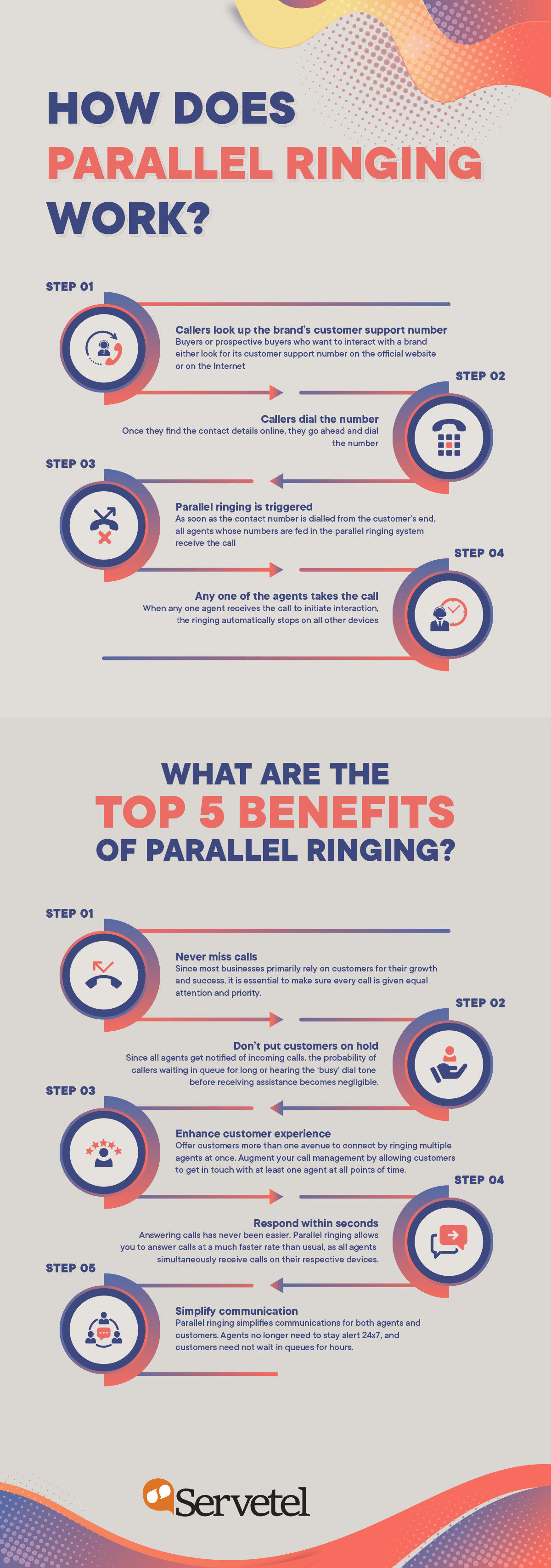In today’s digital age, IVR (Interactive Voice Response) system with modernized calling technology has become vital in developing and advancing businesses across different platforms.
Not only it allows callers to resolve issues with self-service options, but it also saves up on the company’s precious resources like time and money. However, riddled with limitations, a poorly designed IVR system can create more troubles for your customers than enhance their experience.
In simpler terms, an IVR is a cloud telephony solution that helps businesses deal with customer-oriented complaints without burning a hole in their pocket.
What is an IVR system?
Essentially, Interactive Voice Response is an automated telephone technology that allows callers to access information and solve queries, without having the need to speak with an agent.
It guides the caller via a pre-recorded voice-over and routes them to the specific department or a relevant agent best suited to handle their query.
Often the caller has to dial a specific number that concerns the information they are looking for. And, in case no keypad selection works, the IVR system directs them to an agent for swift communication.
Additionally, an Interactive Voice Response system can answer the FAQs of your customers with pre-recorded messages and take your customer support to new heights.
How can an IVR service create ease in business?
A well-built IVR service can empower your customer service by allowing callers to navigate through a series of IVR numbers and have their issues resolved. Not only does it enhance your brand image, but also saves up time for the company’s agents, who can focus on other priority tasks.
Moreover, your customers can track orders, make appointments, pay bills, know their balance, account statements, etc. within minutes with the help of an Interactive Voice Response service.
In fact, well-planned IVR services can reduce the overall operational costs of your business. With minimal infrastructure and low maintenance, IVR helps you deliver flawless customer experiences at reduced costs.
However, sometimes agent routes come busy. In such cases of short staffing, your IVR system should have sufficient IVR numbers that can resolve customer issues without needing extra buffer time.
Besides, IVR systems work 24×7 round the clock, eliminating your customer’s worry about the inability to reach out to you beyond a certain time of the day.
What are the examples of IVR systems and IVR services?
In our daily lives, we, as customers, often have our issues directed to a company through IVR services. Therefore, understanding how IVR systems and IVR services work is quite simple.
Here are a couple of examples for you to learn better.
Hi, thank you for calling medical health services.
For English Press 1, for Hindi Press 2.
If you want to know the status of your report, please press 3
If you want to book an appointment, kindly press 4
If you would like to speak to one of our executives, press 5.
Often, when you need to talk directly to personnel from the company, you press five and hear, “Please stay on the line while we connect your call to one of our customer executives.”
This is just one of the many examples of IVR systems.
In addition to this, IVR systems can help you take feedback from your customers, identify issues, offer personalized solutions and much more.
Here’s another example of it:
Hi! Thank you for calling us. It is great to have you as our customer.
Press 1 if you want to know your balance.
Press 2 if you want to renew your service with us.Press 3- if you want to know more about your existing plan.
Press 4 if you want to talk to one of our customer’s executives.
Furthermore, an IVR leaves a strong first impression on your caller and helps them seek solutions without wasting time.
You can even greet your customers in personalized regional languages and build long-lasting connections with them.
What are the limitations of an IVR system?
Often, it’s not the IVR system or technology that turns out to be the problem, but the IVR design.
To begin with, a poorly designed IVR might require your customer to enter lots of user-based information, which a customer might not be well aware of.
However, direct interaction with an agent, in such a case, becomes easier for the customer to get their issues communicated and resolved.
It also eliminates the hassle of going through a series of IVR prompts, which may leave your customer wondering if their issues would be resolved at all.
Furthermore, in addition to entering information, often companies play their marketing and promotion messages which cause long delays and waiting times. Consequently, it frustrates the caller, making them hang up the call.
Lastly, with a rise in the use of IVR systems across industries, customers are compelled to use automation without having the option to directly speak with an associate. Therefore, you must offer solutions that are quick, concise and easy to use.
And ensure that you offer self-service options along with the choice of connecting with a relevant human operator.
Wrap up
A well-designed multi-level IVR system is the key to enhancing customer service, boosting productivity and saving costs in a fast-paced digital world. And, integrating it into your business communications can help you elevate your brand’s image and customer experiences.
So, collaborate with a reliable Interactive Voice Response solution provider that offers budget-friendly solutions. Acefone offers enterprise-grade IVR solutions to businesses of all sizes and scales across diverse domains.















































